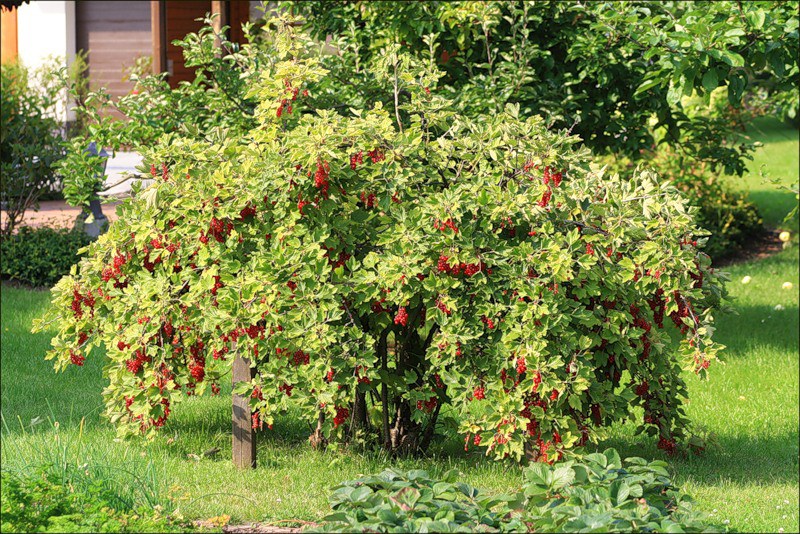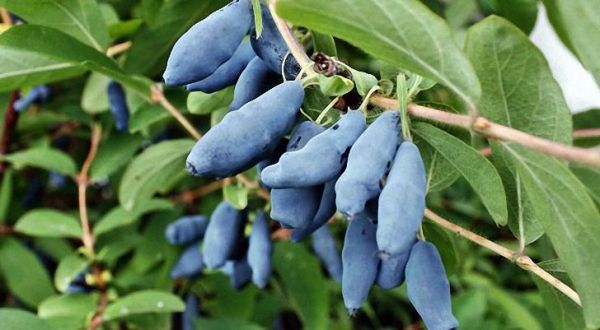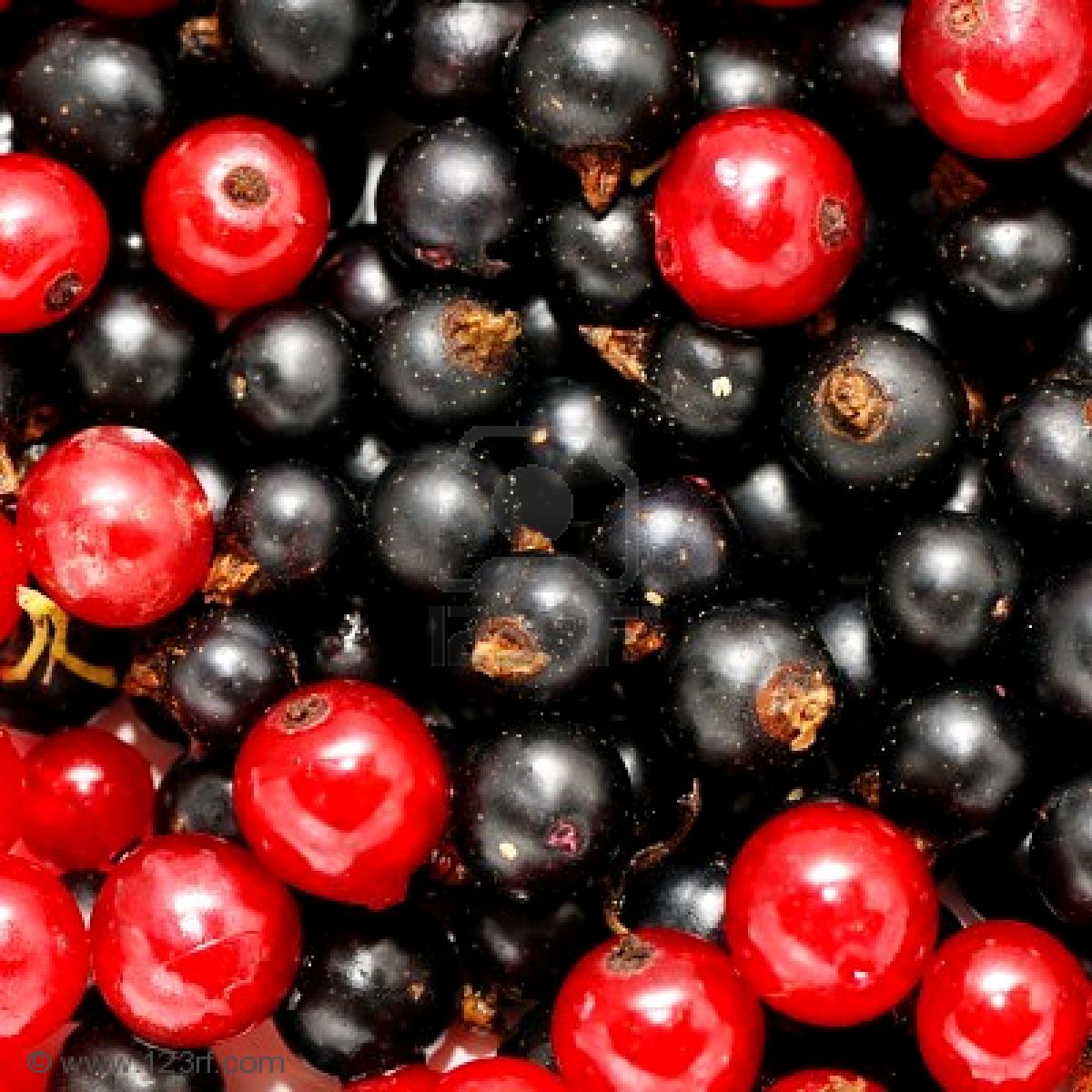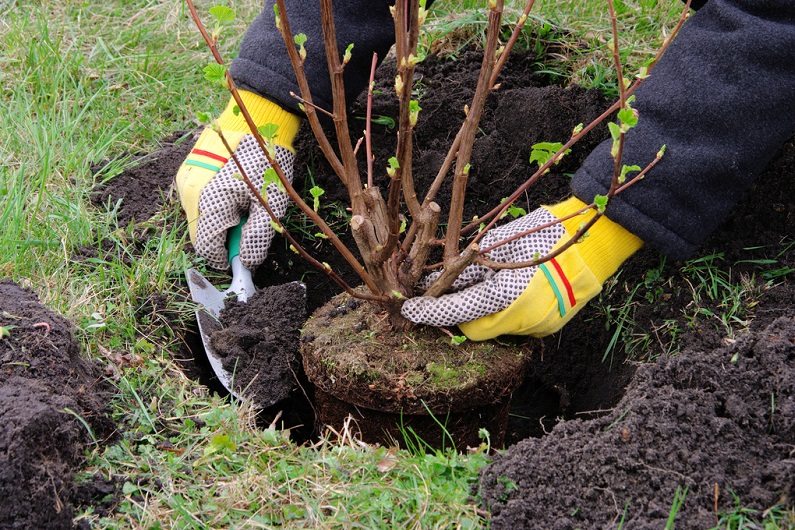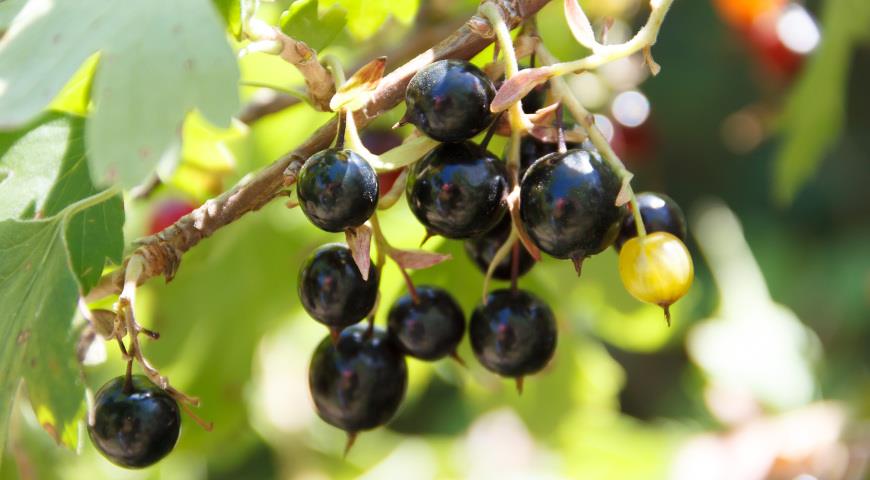Content:
Currant bushes grow in almost every summer cottage. The berry is appreciated for its unpretentiousness, resistance to cold and disease, a good annual harvest of tasty and healthy fruits. The leaves and berries contain all trace elements useful for humans. To obtain a high yield, the bushes must be renewed or rejuvenated. Reproduction of currants by cuttings in spring is a way how you can independently prepare planting material. Consider the advantages of cuttings, the rules for collecting and preparing cuttings, recommendations for care.
Benefits of cuttings
There are several known methods for how red and black currants reproduce:
- Cuttings;
- With the help of layering (vegetative method).
According to statistics, when propagating by layering, 100% of fruit bushes take root, when cuttings the survival rate is 90%, but the second method is the most preferred.
Pros of propagation of currants by cuttings:
- The opportunity to get a new variety. When planting bushes by layering, currants completely inherit maternal qualities;
- You can collect planting material all year round. In the spring and summer, green cuttings are stored, in autumn and winter - lignified shoots;
- Having studied how it is possible to grow currants from cuttings in the spring, the gardener can make the harvesting of good planting material himself, save money on buying seedlings for planting;
- It is not required to transplant a young bush, it can be immediately planted in a permanent place;
- Cutting cuttings does not affect the number of shoots.
Reproduction by cuttings of black and red currants differs from each other. Varieties have different requirements for soil, moisture, growing cuttings.
How to collect cuttings
The procedure is carried out in several stages:
- With garden scissors, cut off healthy, strong shoots with a diameter of more than 7 mm;
- Cut each shoot into cuttings 15-20 cm in size. For dividing the shoot into planting material, it is recommended to use a garden knife (pruning shears can damage the fibers of the cuttings);
- The upper part must be cut off, maintaining an angle of 90 degrees, and the lower part must be cut off at an angle of 60 degrees;
- The first cuttings cut from the top and bottom are not used as planting material; the remaining cuttings are wrapped in a damp cloth and put into a plastic bag.
The place of cutting of each cutting is covered with beeswax, you can use a garden pitch. If the cuttings are not planned to be planted immediately, then they can be put in the refrigerator or well bury in a snowdrift.
Site requirements
Depending on the variety of currants, the requirements for the site are different. Black currant varieties are required to be planted in open, lighted areas or partial shade. Soil moisture should be moderate, without water stagnation.
White and red currants grow well in elevated, well-heated and well-lit areas. The garden bed with currant bushes is protected from wind and drafts.
Fertile soil for currants:
- Heavy loamy;
- Medium loamy;
- Sandy loam.
- The acidity level should be neutral or low.
Soil preparation
In order for young seedlings to take root and actively develop in a new place, the site must be prepared in the fall.It is recommended to propagate currants by planting not far from the fence, the optimal distance is 1.5 m. So the bushes will be protected from the wind and will receive enough lighting.
The earth is dug 20 cm deep, cleared of weeds, remnants of roots, and large stones are removed.
The soil is fed with organic fertilizers, compost or rotted manure. For 1 sq. m make up to 4 kg of organic matter.
In the spring, the earth is additionally fed with potassium sulfate and granular superphosphate. It is recommended to dilute fertilizers, according to the instructions on the package, the dosage must be observed. Instead of potassium sulfate, wood ash can be used.
Reproduction of black currant
Harvesting cuttings for blackcurrant propagation can be done in spring, summer and autumn. Cutting has its own characteristics for each season.
In summer, green shoots are harvested, in autumn and spring, woody ones are used.
Cuttings in the spring and autumn season
The preparation of cuttings can be combined with shrub trimmings. Cuttings are collected from one-year-old or two-year-old shoots, from 5 mm thick. The principle of creating a cutting:
- The apical cut is made 1 cm above the kidney, and the lower sections are cut immediately below the kidney;
- Cuttings collected in the autumn are not recommended to be planted in open ground - they may not survive the cold winter. Planting material is stored until spring or germinated in a prepared substrate;
- So that woody cuttings do not dry out before planting in open ground, they must be properly stored. To do this, the cut must be dipped in wax or liquid paraffin, the cuttings are folded in a plastic bag and put into a refrigerator or cellar.
The most preferred option for storing cuttings for spring planting is planting in a substrate. How cuttings are rooted until spring:
- Prepare pots, cups, minimum volume - 0.5 l;
- Lay a drainage layer (perlite, vermiculite) at the bottom;
- Mix peat, sand and garden soil in a 1: 1 ratio. Place the soil mixture in cups;
- To deepen the cuttings by 2 buds and tamp the earth with your fingers.
In order for the seedlings to take root, it is necessary to create an optimal temperature regime and maintain humidity. The room temperature will be comfortable for the plant, spraying the seedlings should be done twice a day.
In the spring, it will be possible to plant rooted cuttings in the prepared area. The time for planting is chosen after there is no risk of spring frosts. Knowing how to propagate currants by cuttings in spring and autumn, the gardener will independently rejuvenate and breed a berry culture at their summer cottage.
Cuttings in summer
The recommended time for harvesting cuttings in summer is mid-June or early July. Instructions on how to carry out green cuttings:
- Gardening tools that will cut the cuttings are treated in boiling water;
- Choose well-developed annual shoots with an elastic top, cut them off the bush;
- The top and bottom of the shoot are not taken as material for planting currants (the upper part of the shoot takes root quickly, but rarely recovers after winter, the lower part does not take root);
- Cut the cuttings, 15-20 cm in size, each of them should have at least 3 leaves;
- The lower two leaves are cut off, the upper leaf is pinched off, leaving a third part.
The cuttings are ready for planting. It is advisable to plant them immediately on the prepared site. If the planting time is delayed, then the cuttings are wrapped in a damp cloth and placed in a plastic bag.
If the seedlings are planted in a summer cottage, then the earth must be loosened and moistened.Embed the cuttings by 2 buds, with an inclination of 45 degrees. Cover the ground with a layer of peat mulch, 3-5 cm thick, cover the top with a film.
The place where the cuttings will grow must be protected from direct sunlight. Before rooting, seedlings need good care:
- Watering is necessary once every 2 days, this will help to root the seedlings;
- Remove the film every day for several hours. If May is cold, then the airing time is reduced;
- Spray every day so that the humidity is increased;
- Cuttings are fed with mineral nitrogen-containing fertilizers once every 2 weeks.
After three weeks, the seedlings begin to take root. This can be checked by lightly pulling on the top of the handle, there should be little resistance.
After 4 weeks, the shelter is removed, and in the fall they can be transplanted to a permanent place. To form a full-fledged currant bush, it is better to dig in 4 cuttings in one hole.
Reproduction of red currant
Red currant cultivation has its own characteristics in comparison with other varieties.
Cutting cuttings for red currants is carried out in early August and until the second decade of September. You need to choose annual shoots. They can be recognized by the light shade of the bark, it is a shade lighter than that of two - or three-year-old shoots. Shoots that extend immediately from the roots are suitable as planting material.
Cuttings can be planted in pots or directly on a prepared bed. It is necessary to plant cuttings in individual containers for subsequent planting in open ground. When removing the cutting from the pot, it is planted along with a lump of earth. The seedling takes root faster in a new place and is not injured.
How to cut red currants in spring:
- Cuttings of currants in spring are carried out when the threat of frost disappears. For the cuttings to take root, the earth must be loose. The stalk is planted at an angle of 45 degrees. It is enough to leave 1 bud above the surface of the earth, the rest will be the root-forming material;
- Water the planted petioles, cover with foil for 2-3 weeks. The rules of care are the same as for black currant cuttings.
Care after rooting
A year after planting the cuttings in open ground, pruning is carried out. 2-4 buds are left on the branch. All ovaries, flowers are cut off, this will give an impetus to the growth of lateral shoots.
It is important to loosen the soil frequently. With good air permeability, the roots will develop more actively. The loosening depth should be small, currant roots are located close to the ground. You can use a garden tool to loosen the hole. It is no longer possible to dig up the ground, as you can touch the roots.
In dry weather, abundant watering is required; 3 buckets of water are required per bush. It is better to water in the morning or evening hours. In time, you can fertilize the bushes with organic matter (the fertilizer must be diluted with water):
- Slurry;
- Bird droppings.
When propagated by cuttings, the first crop is harvested after 3 years. The peak yield is reached in the sixth year, after which the plant begins to bear less fruit. In order to harvest a good harvest in the future, the bushes must be rejuvenated every 8-10 years.
Tips on how to propagate currants by cuttings:
- For harvesting cuttings, you must choose a healthy mother bush with a large yield of tasty berries, the branch that is cut must be strong;
- Cuttings are harvested in the morning when there is dew on the foliage, or in cloudy weather;
- Sawdust is added to the soil mixture for planting petioles. Growing at home is done in individual pots or cups. The pots are placed on a lighted windowsill;
- After planting, within 3 weeks, the seedlings need regular and abundant watering. You can keep a journal in which the first 2 years are marked with watering, top dressing, types of fertilizers;
- Watering should be done in the morning or evening when the sun is not active. The water must be settled. Water the bushes under the root, about 5 liters per bush;
- To find out if the plant is rooted, it is enough to grab the top and pull it carefully up, if there is resistance, then the shelter can be removed;
- Saplings are fed up to 4 times per season. You can add complex mineral fertilizers or organic matter. When applying mineral and complex fertilizers, it is important to observe the dosage. An excess of minerals can negatively affect the growth and development of the shrub.
Reproduction of currants by cuttings is a laborious process that requires compliance with certain requirements when harvesting planting material, preparing a site, planting cuttings in the ground and caring for a plant. But, knowing all the subtleties of how to properly cut black and red currants in the spring, you can easily grow new berry bushes on your own.
